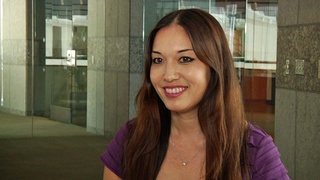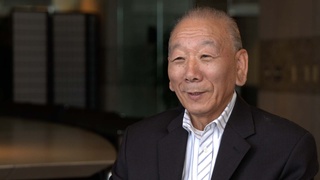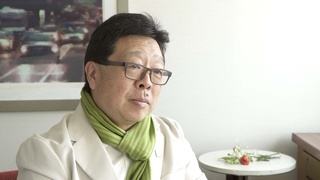Interviews
The various realities of Nikkei in Latin America (Spanish)
(Spanish) I think that the development of this thing called Nikkei has been somewhat distinct from country to country. I’m referring to Latin America in general. Through the Pan-American Association of Nikkei, I’ve had the opportunity to come into contact with various Nikkei realities, and yes, there are some common roots, however there are also certain differences. Perhaps the greatest difference I see comes from the number of Japanese that settled in a given place. In places where there are a lot of Japanese, there are obviously Japanese schools. There are Japanese clubs, Japanese churches, or Buddhist temples – whatever, I don’t know! By contrast, in countries like Chile, there was none of that. Therefore, in the development of countries where there were a lot of Japanese, maybe the customs, the culture lasted longer. Maybe it wasn’t growing, but it lasted longer in those places. In the case of Chile, in my case, I think we drifted quite a bit towards adapting to Chilean society, and as fast as possible in order to get by as best we could. So, for example, within this context you see that in religion, for example, in Chile there’s no…uh…the majority religion is Catholicism, and perhaps therefore all of us ended up embracing that religion. Something else, for example, is that since the nucleus of Japanese and Nikkei was so small, weddings, marriages to locals was much greater than in other places. Naturally, this led to, among other things, a very rapid loss of the language.
Date: October 7, 2005
Location: California, US
Interviewer: Ann Kaneko
Contributed by: Watase Media Arts Center, Japanese American National Museum
Explore More Videos

Postwar school-life
(b. 1930) Half Japanese and grew up in both Japan and the United States.

Fifty Years and Going Strong
(1938-2020) Japanese American attorney and civil rights activist

Re-examining Identity
(1941-2018) Japanese Canadian photojournalist and activist

Culture is an important part of one's identity
Jewish Japanese American journalist


The difference between Nikkei community in Oizumi and Brazil (Japanese)
(b. 1979) Sansei Nikkei Brazilian who lives in Oizumi-machi in Gunma prefecture. He runs his own design studio.

Difficulty of spreading authentic sushi (Japanese)
(b. 1949) Sushi chef. Owner of Sushi Gen restaurant in Los Angeles’ Little Tokyo.

Teaching how to eat sushi (Japanese)
(b. 1949) Sushi chef. Owner of Sushi Gen restaurant in Los Angeles’ Little Tokyo.



General reasons why people left Japan for Peru
Okinawan American whose parents are from Peru.

Parents identification as Peruvian Okinawan
Okinawan American whose parents are from Peru.

Okinawan cultural appreciation
Okinawan American whose parents are from Peru.

Working together in Okinawa using three languages
Okinawan American whose parents are from Peru.

Changes in the Nikkei Community in Japan (Japanese)
(b. 1962) Nisei Japanese Argentinian, currently residing in Japan
